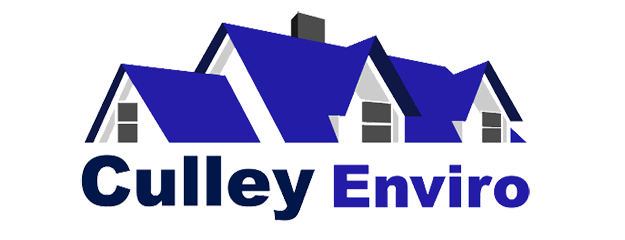As important as water is to your life, you certainly don’t want it uncontrolled in your house. Sometimes water problems arise as burst pipes, while other times it’s a flash flood that made the nearby canal overflow. A repetitive drip from a leaky roof can cause problems in the attic that you might not see for years. And while you might not think about it much, Carrollton is technically labeled “humid-subtropical,” meaning that once something gets wet it’s very difficult to dry out.
Unfortunately, all of these can contribute to the growth of toxic mold in a home. Also known as black mold (Stachybotrys chartarum), toxic mold can cause a host of health problems for anyone who happens to be in a home or business that has it. The most common problems resemble seasonal allergies, and sufferers will often complain of sneezing, coughing, headaches, and even rashes. It can be even worse, though, as toxic mold can affect the brain, causing dizziness, memory loss, and even depression. If you were unaware that toxic mold could be so dangerous, it might be time to call for mold testing and inspection.
How Does Toxic Mold Grow?
As we mentioned above, toxic mold loves water. The spores live in the soil, and if they are disturbed air currents can carry them into a building. Of course, floodwaters can also bring the spores in, supplying the mold not only with the means of entry but also the water that it needs to thrive.
Toxic mold feeds on cellulose. In nature, that can be something as simple as rotting leaves or a decaying log. But there’s also a good deal of cellulose in the average building. The most common is the wood framing of most structures, such as the plywood, 2 X 4s, and 1 X 6s wood beams used to construct them. Drywall also contains quite a bit of cellulose; while the gypsum isn’t organic, the exterior paper and some of the additives are. Add cellulose-containing carpet to the mix and you can see why the indoors can be such a prime place for mold to grow.
Once it gets going, toxic mold becomes a green-black mass that continues to grow. Unfortunately, it often hides behind walls, so it might be making you sick without you even knowing it. Professional mold testing helps get the mold mitigation process started.
Contact Culley Enviro For Mold Inspection!
If your home or business has recently suffered water damage, you may well have mold. Contact Culley Enviro for the best in mold testing and removal!
